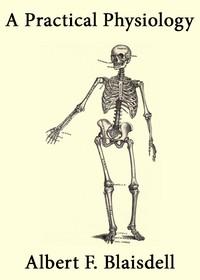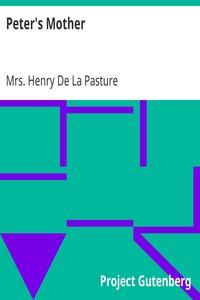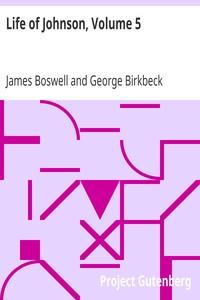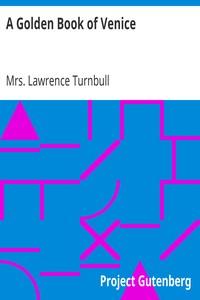|
|
Read this ebook for free! No credit card needed, absolutely nothing to pay.Words: 145906 in 49 pages
This is an ebook sharing website. You can read the uploaded ebooks for free here. No credit cards needed, nothing to pay. If you want to own a digital copy of the ebook, or want to read offline with your favorite ebook-reader, then you can choose to buy and download the ebook.

: A Practical Physiology: A Text-Book for Higher Schools by Blaisdell Albert F Albert Franklin - Physiology; Human physiology@FreeBooksTue 06 Jun, 2023 Every thoughtful young person must have asked himself a hundred questions about the problems of human life: how it can be that the few articles of our daily food--milk, bread, meats, and similar things--build up our complex bodies, and by what strange magic they are transformed into hair, skin, teeth, bones, muscles, and blood. How is it that we can lift these curtains of our eyes and behold all the wonders of the world around us, then drop the lids, and though at noonday, are instantly in total darkness? How does the minute structure of the ear report to us with equal accuracy the thunder of the tempest, and the hum of the passing bee? Why is breathing so essential to our life, and why cannot we stop breathing when we try? Where within us, and how, burns the mysterious fire whose subtle heat warms us from the first breath of infancy till the last hour of life? These and scores of similar questions it is the province of this deeply interesting study of physiology to answer. But above these thoughts there rises another,--that in studying physiology we are tracing the myriad lines of marvelous ingenuity and forethought, as they appear at every glimpse of the work of the Divine Builder. However closely we study our bodily structure, we are, at our best, but imperfect observers of the handiwork of Him who made us as we are. Again, our bodies are continually making heat and giving it out to surrounding objects, the production and the loss of heat being so adjusted that the whole body is warm, that is, of a temperature higher than that of surrounding objects. Our bodies, also, move themselves, either one part on another, or the whole body from place to place. The motive power is not from the outside world, but the energy of their movements exists in the bodies themselves, influenced by changes in their surroundings. Finally, our bodies are continually getting rid of so-called waste matters, which may be considered products of the oxidation of the material used as food, or of the substances which make up the organism. The main problem we have to solve in the succeeding pages is to ascertain how it is that our bodies can renew their substance and replenish the energy which they are continually losing, and can, according to the nature of their surroundings, vary not only the amount, but the kind of energy which they set free. The word anatomy, however, is usually employed instead of morphology. It is derived from two Greek words, and means the science of dissection. Human anatomy then deals with the form and structure of the human body, and describes how the different parts and organs are arranged, as revealed by observation, by dissection, and by the microscope. Histology is that part of anatomy which treats of the minute structure of any part of the body, as shown by the microscope. It is plain that we cannot understand the physiology of our bodies without a knowledge of their anatomy. An engineer could not understand the working of his engine unless well acquainted with all its parts, and the manner in which they were fitted together. So, if we are to understand the principles of elementary physiology, we must master the main anatomical facts concerning the organs of the body before considering their special functions. As a branch of study in our schools, physiology aims to make clear certain laws which are necessary to health, so that by a proper knowledge of them, and their practical application, we may hope to spend happier and more useful, because healthier, lives. In brief, the study of hygiene, or the science of health, in the school curriculum, is usually associated with that of physiology. In fact, the human body is built up with 13 of the 70 elements, namely: oxygen, hydrogen, nitrogen, chlorine, fluorine, carbon, phosphorus, sulphur, calcium, potassium, sodium, magnesium, and iron. Besides these, a few of the other elements, as silicon, have been found; but they exist in extremely minute quantities. The following table gives the proportion in which these various elements are present: Free books android app tbrJar TBR JAR Read Free books online gutenberg More posts by @FreeBooks
: Peter's Mother by De La Pasture Henry Mrs - Love stories; Widows Fiction; Mothers and sons Fiction; England Social life and customs 20th century Fiction; Upper class England Fiction; South African War 1899-1902 Veterans Fiction@FreeBooksTue 06 Jun, 2023

: Life of Johnson Volume 5 Tour to the Hebrides (1773) and Journey into North Wales (1774) by Boswell James Hill George Birkbeck Norman Editor - Johnson Samuel 1709-1784; Authors English 18th century Biography; Lexicographers Great Britain Biography; Critic@FreeBooksTue 06 Jun, 2023
|
Terms of Use Stock Market News! © gutenberg.org.in2025 All Rights reserved.






